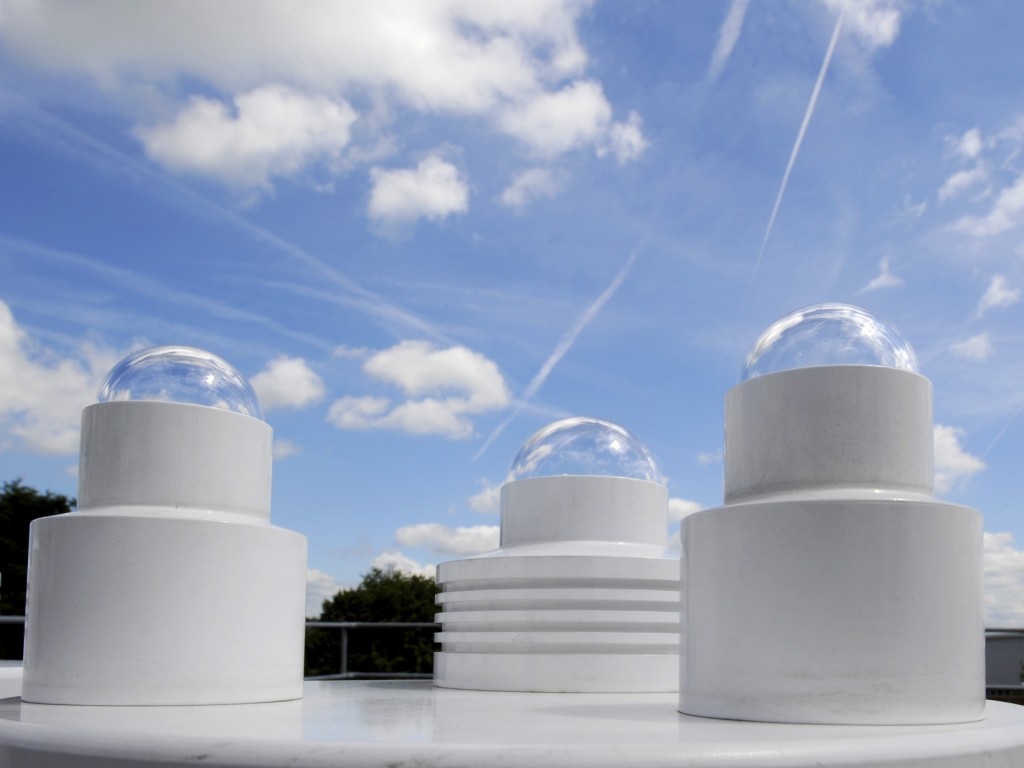Springtime sunshine and UV rays

Springtime sunshine is something many of us look forward to. But when the sun comes out in April we need to be careful if at the same time atmospheric ozone levels are low or we have ozone holes.

John O’Hagan heads the Laser and Optical Radiation Dosimetry Group at PHE’s Centre for Radiation, Chemical and Environmental Hazards. The Group provides advice to government and others on the beneficial and harmful effects of optical radiation on people.
He’s also a visiting fellow at Loughborough University where joint laser safety courses are provided through collaboration that started in March 1990. He holds a number of honorary roles including Director of the International Commission on Illumination Division 6 “Photobiology and Photochemistry”, membership of the Scientific Expert Group of the International Commission on Non-Ionizing Radiation Protection and is Chairman of the British Standards committee “Optical Radiation Safety and Laser Equipment”.
John is a Chartered Scientist, Chartered Physicist and a Chartered Radiation Protection Professional. He is a Fellow of the Laser Institute of America and a senior member of SPIE, the international society for optics and photonics.

Springtime sunshine is something many of us look forward to. But when the sun comes out in April we need to be careful if at the same time atmospheric ozone levels are low or we have ozone holes.

You may not know it but 2015 has been declared, by no less an august organisation than the United Nations, as the International Year of Light and Light-based Technologies. I had the pleasure of attending the international launch in January …